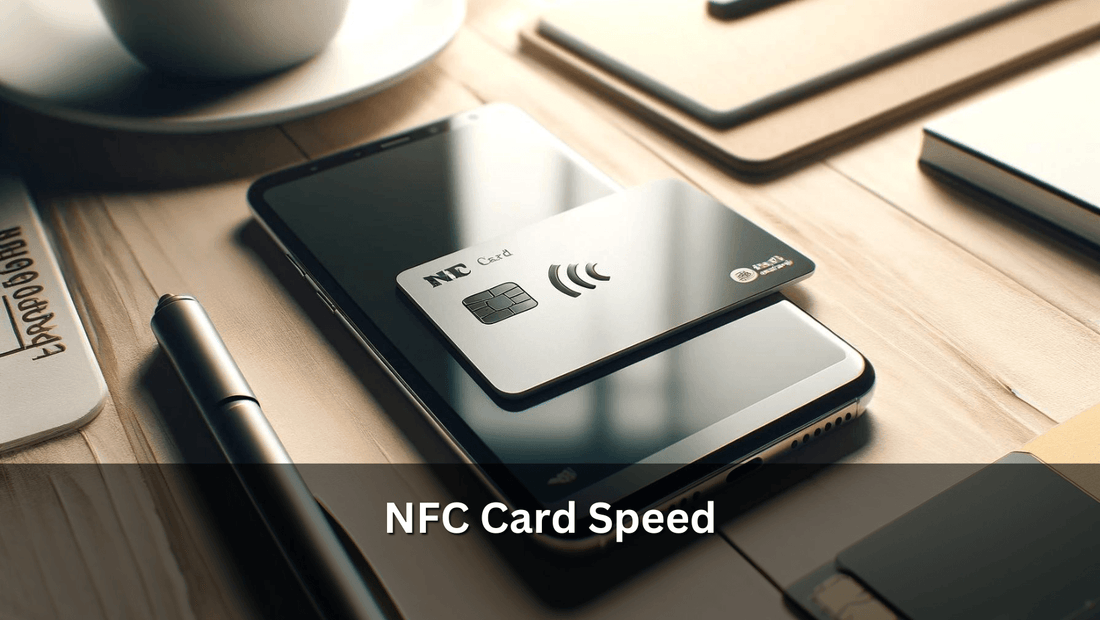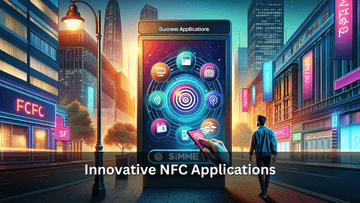NFC Card Speed

1. Introduction
NFC (Near Field Communication) technology has revolutionized the way we interact with devices and make transactions. It enables contactless communication between a card and a reader through radio waves, allowing for fast and convenient data exchange. This technology is widely used in payment systems, access control, and data sharing. Understanding the speed at which NFC cards operate is crucial for optimizing these applications and ensuring efficient performance.
2. What is NFC?
Near Field Communication (NFC) is a wireless technology that allows data exchange between devices over a short distance, typically less than 4 centimeters. Unlike Bluetooth, NFC does not require manual pairing or device discovery, making it faster and more convenient for quick data transfers. NFC operates on the principle of inductive coupling, using magnetic field induction to enable communication between an NFC tag and a reader. This technology is embedded in many modern smartphones, credit cards, and access control systems. NFC is used for a variety of applications, including contactless payments, ticketing, and data sharing, providing a seamless and secure user experience.
3. How NFC Card Speed is Measured
NFC card speed is measured by the data transfer rate between the NFC card and the reader. The speed is typically quantified in kilobits per second (kbps), with common rates being 106 kbps, 212 kbps, and 424 kbps. These speeds are determined by the modulation schemes and the frequency at which the NFC operates, usually 13.56 MHz. Factors influencing these speeds include the quality of the NFC hardware, the distance between the card and the reader, and environmental interference. Higher speeds result in faster transaction times, which is critical for applications like contactless payments and access control, ensuring quick and efficient user interactions.
4. Factors Affecting NFC Card Speed
Encoding the Card:
- Single URL Encoding: Ensure the card is encoded with only a single URL. Adding extra information can cause errors during reading.
- NFC Functionality: Make sure NFC functionality is enabled on your Android device.
- Avoid Obstructions: Metal objects or thick covers can block the NFC signal, causing slower or failed reads.
Phone Compatibility:
-
NFC Reader Location:
- For most iPhone models, the NFC reader is located on the top edge.
- For most Samsung series phones, it's typically on the backside.
-
Card and Tag Positioning:
-
- Other cards and tags will read on both sides anywhere.
-
Additional Troubleshooting:
- Testing on Different Phones: If issues persist, try using another phone to test the NFC functionality.
- Device Support: Verify if the device supports NFC functionality. If not, it won't read the card.
Customized cards come in various forms, each with unique characteristics affecting their NFC performance:
-
Metal Cards:
- Coated Metal Cards (Hybrid) front side engraved, back side printed: Coated Metal Cards
- Pressed Metal Cards (Hybrid) front side engraved, back side printed: Pressed Metal Cards
- Brushed Metal Cards (Hybrid) printed on both sides: Brushed Metal Cards
- Full Metal Cards engraved on both sides: Full Metal Cards

-
Wooden Cards:
- Wooden Engraved Cards: Wooden Engraved Cards
- Wooden Printed Cards: Wooden Printed Cards

-
PVC Cards:
- PVC Premium UV Printing: PVC Premium UV Printing

5. Real-World Applications and Speed
NFC technology is widely used in various real-world applications where speed and reliability are crucial. In contactless payment systems, NFC cards enable quick transactions, often completing within seconds, making them ideal for retail and public transport. Access control systems also benefit from NFC, allowing secure and fast entry to buildings and facilities. NFC-enabled devices are used for data sharing, such as exchanging business cards or transferring files, providing a seamless and instant user experience. The speed of NFC transactions enhances user convenience and operational efficiency across these applications.
6. Future of NFC Card Technology
The future of NFC card technology promises significant advancements, including faster data transfer rates and enhanced security features. Emerging trends point towards broader adoption in various sectors, such as healthcare for patient data management and smart homes for device automation. Innovations like integrating biometrics with NFC cards could provide an additional layer of security, making transactions even more secure. As technology evolves, NFC cards will likely become more versatile, supporting more complex applications and enabling seamless interactions in our daily lives.









